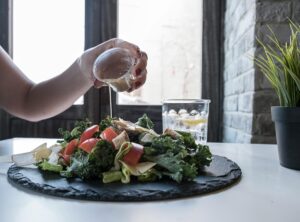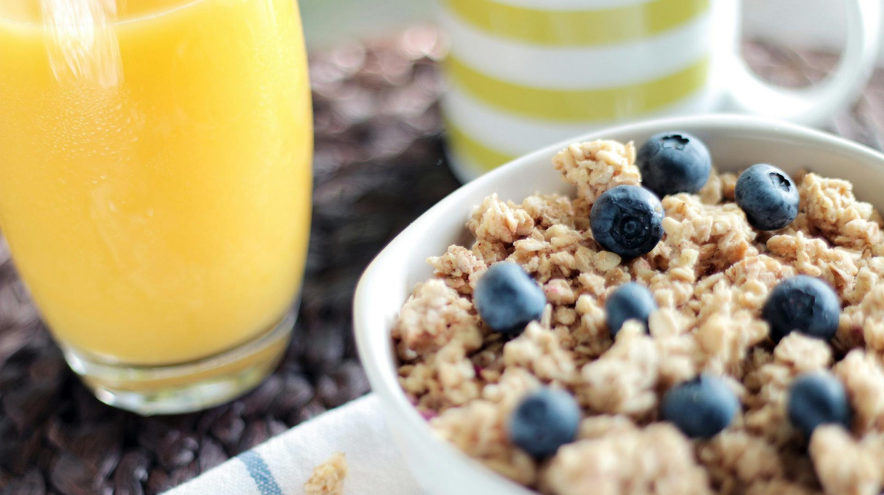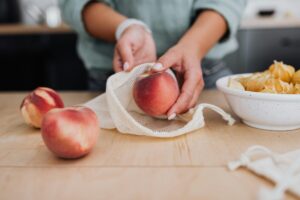Paella Seafood Rice Recipe
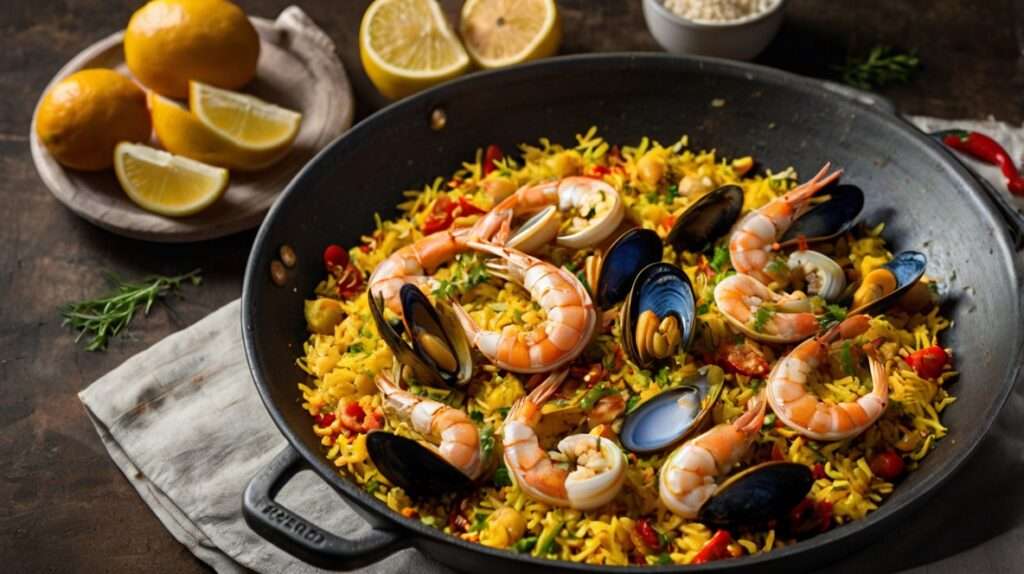
Paella is not just a dish; it is a vibrant representation of Spanish culture and culinary tradition. Originating from the Valencia region, this iconic rice dish has evolved over centuries into the beloved meal we know today. Traditionally, it was a farmer’s meal, cooked outdoors over an open fire, utilizing local ingredients such as rabbit, snails, and green beans. However, modern interpretations often highlight the rich seafood available along Spain’s coastline.
The cultural significance of paella in Spanish cuisine cannot be overstated. It symbolizes community and celebration, often served during family gatherings and festive occasions. Sharing a large pan of paella brings people together, creating a warm atmosphere filled with laughter and conversation.
Consider this captivating anecdote: Legend has it that the first paella was prepared by farmers in the fields of Valencia, who would use whatever ingredients they had on hand. As the sun set over the rice paddies, they would gather around a bubbling pan of rice, sharing stories and enjoying the fruits of their labor. This sense of togetherness remains at the heart of paella, making it a dish best enjoyed with loved ones.
Key Ingredients for Authentic Paella
To create an authentic paella, it’s essential to use high-quality ingredients that contribute to the dish’s rich flavors and textures. Below is a list of the key components needed for a traditional seafood paella:
Saffron: This prized spice is what gives paella its distinctive golden hue. Saffron has a unique, earthy flavor that is essential for an authentic taste. When sourcing saffron, opt for high-quality threads rather than powder, as this ensures the best flavor.
Bomba Rice: A type of short-grain rice originating from Valencia, bomba rice absorbs liquid beautifully while maintaining its structure. This rice is crucial for achieving the perfect texture. Look for bomba rice in specialty stores or online to ensure authenticity.
Shrimp: Fresh shrimp adds a delightful sweetness and tenderness to the dish. When purchasing shrimp, choose wild-caught varieties if possible, as they tend to have better flavor. Ensure the shrimp is firm and has a mild sea scent.
Mussels: These shellfish contribute a briny flavor and are a staple in many seafood paella recipes. Select mussels that are tightly closed and free from any strong odors. Properly rinsing them before cooking is essential for removing any grit.
Clams: Like mussels, clams add depth to the paella’s flavor profile. Look for fresh clams that are also tightly closed. To enhance their taste, soak them in salted water before cooking to help purge any sand.
Each of these ingredients plays a vital role in creating an authentic paella experience. By sourcing the best quality products, you set the foundation for a truly memorable dish that celebrates the rich culinary heritage of Spain.
The Cooking Process
Creating a perfect paella requires attention to detail and a few essential steps. Follow this straightforward guide to ensure you achieve the ideal texture and flavor for your dish:
Prepare the Ingredients: Before you begin cooking, ensure all your ingredients are prepped and ready. Clean the seafood, chop any vegetables, and have your spices measured out.
Heat the Paellera: Place your paellera (paella pan) over medium heat. Add a generous amount of olive oil and let it warm up until it shimmers. This step is crucial for achieving a nice crust on the rice.
Sauté the Base: Begin by sautéing aromatics such as onions and garlic in the hot oil until they become translucent. This creates a flavorful foundation for your paella.
Add the Rice: Stir in the bomba rice, ensuring each grain is coated in oil. Toast the rice for about 2-3 minutes, which enhances its nutty flavor.
Incorporate Broth and Saffron: Pour in your preheated broth, along with the saffron. This is where the magic happens; the rice will absorb the flavors as it cooks. Do not stir the rice after adding the broth, as this can lead to a mushy texture.
Layer the Seafood: Once the broth is simmering, arrange your shrimp, mussels, and clams evenly over the top. Allow them to cook without stirring, which helps develop a crust on the bottom, known as socarrat.
Cook and Rest: Let the paella simmer for about 18-20 minutes. Once the liquid is absorbed, remove it from the heat, cover it with a clean kitchen towel, and let it sit for 5-10 minutes. This resting period allows the flavors to meld.
Chef’s Tip: “The key to a successful paella is patience. Let the rice cook undisturbed, and you’ll be rewarded with a delightful socarrat at the bottom!” – Chef Juan Carlos
By following these steps, you can master the art of paella cooking, creating a dish that is both authentic and satisfying. Enjoy the process, and don’t hesitate to experiment with flavors to make the dish your own!
Variations of Paella
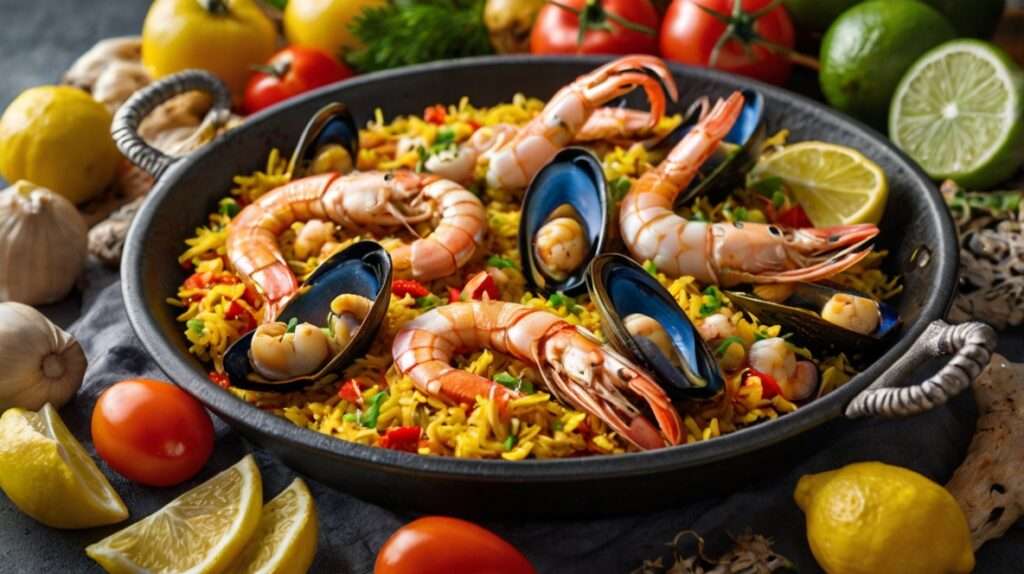
Paella is a versatile dish that can be adapted to suit a variety of tastes and preferences. While the classic seafood paella is a favorite, there are several delicious variations that reflect the diversity of Spanish cuisine. Here are some popular types of paella you might want to explore:
| Type of Paella | Main Ingredients | Flavor Profile |
|---|---|---|
| Seafood Paella | Shrimp, mussels, clams, squid, fish broth | Briny, rich, and umami |
| Mixed Paella | Chicken, rabbit, seafood, green beans | Savory, hearty, and varied |
| Vegetarian Paella | Artichokes, bell peppers, peas, vegetable broth | Fresh, earthy, and vibrant |
Each variation offers its own unique twist on this iconic dish, allowing you to experience paella in different ways. For instance, during a trip to Valencia, I had the pleasure of trying a mixed paella that combined tender pieces of rabbit with fresh seafood. The flavors were beautifully balanced, showcasing the best of both worlds.
In contrast, a vegetarian paella I enjoyed at a beachside restaurant in Barcelona highlighted the vibrant colors of seasonal vegetables, making it a feast for both the eyes and the palate. The saffron still shone through, proving that you don’t need meat or seafood to create a delicious paella.
Whether you prefer the briny flavors of seafood, the heartiness of a mixed version, or the freshness of a vegetarian option, paella is a dish that invites creativity and personal touch. Don’t hesitate to experiment with your own ingredients and flavors to create a paella that reflects your taste!
Serving and Enjoying Paella
Serving paella is as important as preparing it, as the presentation and accompaniments can enhance the overall dining experience. Here are some tips to serve your paella like a true Spanish host:
Use a Large Paellera: Serve the paella directly from the paellera (the traditional pan) to keep it warm and visually appealing. This also encourages sharing, which is a significant part of the paella experience.
Garnish with Fresh Herbs: Sprinkle chopped parsley or lemon wedges around the paella for added color and flavor.
Traditional Accompaniments: Serve with a side of alioli (a garlic mayonnaise) for dipping, and crusty bread to soak up the delicious juices.
In Spain, paella is more than just a meal; it is a cultural event that brings family and friends together. Traditionally, it is enjoyed outdoors during gatherings, often accompanied by lively conversations and a glass of wine. It is common for Spaniards to sit around the table, sharing stories and laughter as they savor every bite. This communal aspect makes paella a comforting and joyous dish.
To further enhance your paella dining experience, consider the following pairing options:
| Type of Paella | Recommended Wine Pairing | Suggested Side Dishes |
|---|---|---|
| Seafood Paella | Albariño or a dry white wine | Simple green salad or grilled vegetables |
| Mixed Paella | Tempranillo or a light red wine | Garlic bread or roasted potatoes |
| Vegetarian Paella | Sauvignon Blanc or a light rosé | Stuffed bell peppers or a chickpea salad |
By thoughtfully serving your paella and incorporating these cultural practices and pairing suggestions, you can create a memorable dining experience that celebrates the rich traditions of Spanish cuisine. Enjoy the vibrant flavors and the company of loved ones as you indulge in this iconic dish!
Conclusion: Celebrate with Paella
Making and sharing paella is not just about the food; it is a joyous experience that brings people together. The vibrant colors, rich aromas, and delightful flavors of this iconic dish create a sense of celebration at any gathering. The satisfaction of preparing paella, whether it’s a traditional seafood version or a personalized variation, allows you to engage with culinary traditions while also creating lasting memories with family and friends.
We encourage you to try your hand at making paella at home. Embrace the process, enjoy the cooking, and most importantly, share it with those you love. Each bite tells a story, and every gathering around a paella is an opportunity to create new memories.
We would love to hear about your paella-making adventures! Please leave a comment below sharing your experiences, tips, or even your own unique paella recipes. Let’s celebrate the joy of paella together!
https://holisticwellnesswave.com/index.php/2024/09/11/7-day-mediterranean-diet-meal-plan/
https://www.simplyrecipes.com/
FAQs about Paella
Paella is a dish rich in tradition and flavor, and it’s natural to have questions about it. Below are some frequently asked questions that can help you navigate the world of paella.
What is the best rice for paella?The best rice for paella is bomba rice. This short-grain rice absorbs flavors beautifully and maintains its texture during cooking. Other suitable options include Calasparra rice and Arroz de Valencia.
Can I make paella without seafood?Absolutely! While seafood paella is popular, you can create delicious versions using chicken, rabbit, or even a variety of vegetables for a vegetarian option. Each variation offers a unique flavor profile.
How do I prevent the rice from sticking?To prevent sticking, avoid stirring the rice once it has been added to the paellera. Allow it to cook undisturbed, which encourages the formation of a flavorful crust called socarrat at the bottom.
What are traditional accompaniments for paella?Paella is often served with a side of aioli (a garlic mayonnaise) and a fresh green salad. A glass of rosé wine or a chilled Spanish white wine pairs wonderfully with the dish.
Can paella be made in advance?While paella is best enjoyed fresh, you can prepare the ingredients ahead of time. Just reheat the paella gently on the stove, adding a splash of broth to maintain moisture.
If you have any other questions about paella or want to share your own tips, feel free to leave a comment below!

